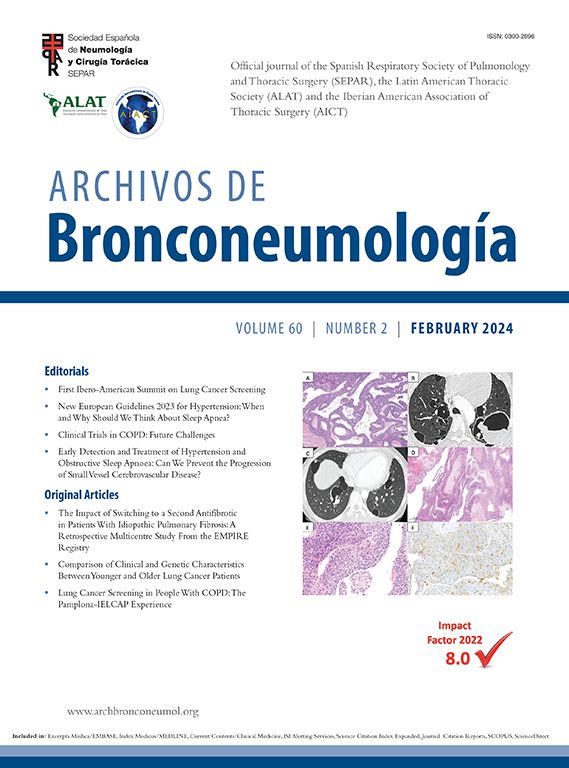Sex-Differences in Alpha-1 Antitrypsin Deficiency: Data From the EARCO Registry
IF 8.7
3区 医学
Q1 RESPIRATORY SYSTEM
引用次数: 0
Abstract
Background
Sex and gender influence many aspects of chronic obstructive pulmonary disease (COPD). Limited data are available on this topic in alpha-1 antitrypsin deficiency (AATD). We therefore aimed to investigate sex issues in the EARCO registry, a prospective, international, observational cohort study.
Methods
Baseline data from PiZZ individuals, enrolled in the registry with complete data on sex and smoking history were analysed by group comparisons and binary logistic regression analyses.
Results
1283 patients with AATD, 49.3% women were analysed. Females reported less tobacco consumption (16.8 ± 12.2 vs. 19.6 ± 14.5 PY, p = 0.006), occupational exposures towards gases, dusts or asbestos (p < 0.005 each) and consumed less alcohol (5.5 ± 7.6 vs. 8.4 ± 10.3 u/week, p < 0.001). Females reported COPD (41% vs. 57%, p < 0.001) and liver disease (11% vs. 20%, p < 0.001) less often. However, they had a higher prevalence of bronchiectasis (24% vs. 13%, p < 0.001). Despite better lung function (FEV1%pred. 73.6 ± 29.9 vs. 62.7 ± 29.5, p < 0.001) females reported a similar symptom burden (CAT 13.4 ± 9.5 vs. 12.5 ± 8.9, p = ns) and exacerbation frequency (at least one in the previous year 30% vs. 26%, p = ns) compared to males. In multivariate analyses, female sex was an independent risk factor for exacerbations in the previous year OR 1.6 p = 0.001 in addition to smoking history, COPD, asthma and bronchiectasis and was also identified as risk factors for symptom burden (CAT ≥ 10) OR 1.4 p = 0.014 besides age, BMI, COPD and smoking history.
Conclusion
Men had higher rates of COPD and liver disease, women were more likely to have bronchiectasis. Women's higher symptom burden and exacerbation frequency suggest they may need tailored treatment approaches.

α-1抗胰蛋白酶缺乏症的性别差异:来自 EARCO 登记处的数据
本文章由计算机程序翻译,如有差异,请以英文原文为准。
求助全文
约1分钟内获得全文
求助全文
来源期刊

Archivos De Bronconeumologia
Medicine-Pulmonary and Respiratory Medicine
CiteScore
3.50
自引率
17.50%
发文量
330
审稿时长
14 days
期刊介绍:
Archivos de Bronconeumologia is a scientific journal that specializes in publishing prospective original research articles focusing on various aspects of respiratory diseases, including epidemiology, pathophysiology, clinical practice, surgery, and basic investigation. Additionally, the journal features other types of articles such as reviews, editorials, special articles of interest to the society and editorial board, scientific letters, letters to the editor, and clinical images. Published monthly, the journal comprises 12 regular issues along with occasional supplements containing articles from different sections.
All manuscripts submitted to the journal undergo rigorous evaluation by the editors and are subjected to expert peer review. The editorial team, led by the Editor and/or an Associate Editor, manages the peer-review process. Archivos de Bronconeumologia is published monthly in English, facilitating broad dissemination of the latest research findings in the field.
 求助内容:
求助内容: 应助结果提醒方式:
应助结果提醒方式:


